This first aid guide is designed to help you navigate first aid. It will cover all the basic first aid information for the most common injuries and include links to our blogs for more specific injuries and situations.
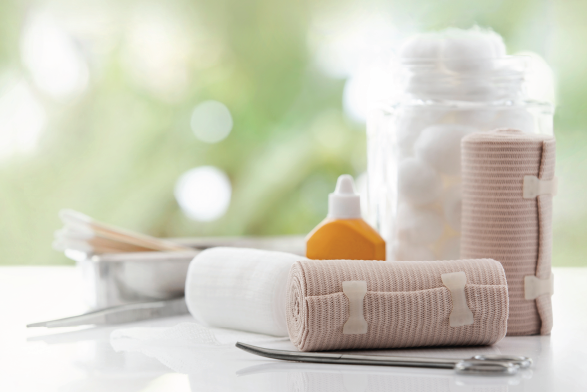
What Is First Aid?
First aid is the treatment given to a sick or injured person until proper medical attention can be obtained. The treatment of minor wounds and injuries can also be referred to as first aid.
Now that you know what first aid is, let’s move on to how to do it.
First Aid For: Abrasions, Cuts, and Lacerations
Abrasions, cuts, and lacerations are some of the most common types of injuries. Paper cuts, brushing against a sharp object, tripping and skinning a knee aren’t very serious injuries, but since they happen so frequently, this guide will cover them first.
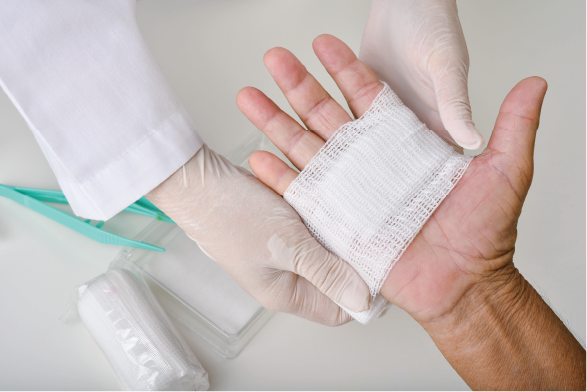
For minor wounds, ones that are only affect the first layer of skin. Simply wash the wound with soap and water, then apply an adhesive bandage, or gauze depending on the size. Wounds that go below the first layer of skin require more care. Lightly rinse the wound with water and then apply gauze and pressure. Keep pressure applied for 10 minutes, adding more gauze if needed. If the wound does not stop bleeding after 10 minutes, seek medical attention to have the wound stitched shut.
One of the top preventable causes of death pre-surgery is bleeding. There are many first aid supplies like hemostatic gauze that are useful to stem or slow bleeding. The most recognizable are adhesive bandages and gauze. Other notable ones are trauma kit, blood clotting spray, and tourniquets. We have bandages and anti-hemorrhaging dressings for professional and at-home use.
Eye Injuries
Eyes are delicate and sensitive, so any injuries they sustain should be assessed by an expert doctor. This guide will cover the basics until professional help can be obtained. For cuts, keep the eye covered with a pad until you can see a medical professional. When objects impaled in the eye, try to keep them both covered and prevent them from moving. If a hazardous material gets in the eye, use an eyewash station or bottle of eyewash to clear out the material, cover the eye, and see a doctor.
Eye pads, eye cups, eye wash, and medical tape are all vital tools for protecting and treating eye injuries. We have pre-assembled eye care kits designed for every eye injury scenario.
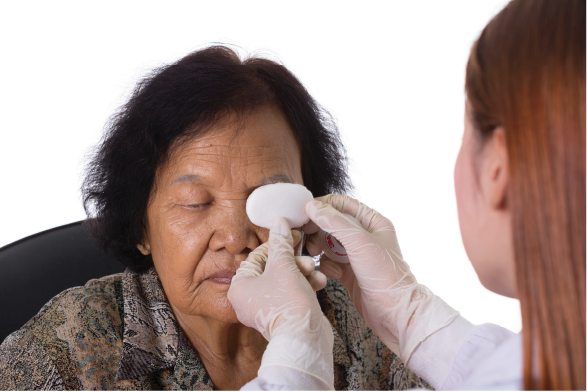
Burns
First degree burns include sunburns, and short contact with hot surfaces and liquids. Run the affected area under cool water until the pain subsides. Apply a small amount of burn cream and wrap the wound with a non-adhesive dressing.
Second and third-degree burns come from prolonged contact with hot surfaces and liquids. These are distinguished by drastic discoloration of the skin, severe pain, or no pain for third-degree burns, and blisters. These burns need professional care. Do not use burn creams on these burns, only wrap them with gauze.
Burns are extremely painful and leave the skin sensitive well after the injury occurs. We offer top of the line burn care supplies to help speed up recovery and help manage pain. Whether you’re looking to stock a professional kitchen, or your personal one with medical supplies, we have everything you need for kitchen emergencies.
Sprains and Strains
This part of the manual is going to be less in depth, since for most sports injuries, immobilizing the injury is all you need to do. Often these types of injuries are not life threatening, but getting a professional assessment is a good way to prevent further damage.
- How to Prepare for Spring Sports
- Athletic Tape vs Pre-wrap
- How to Prevent Injuries While Training
- How to Wrap a Knee
We have everything an athletic trainer or team doctor needs to keep their athletes from getting taken out for a whole season. Choose one of our prepacked bags or from our bulk cases of supplies to restock your clinic quickly. We also have items for heat and cryotherapy, as well as splints, pain relief supplies, and bandages in bulk.
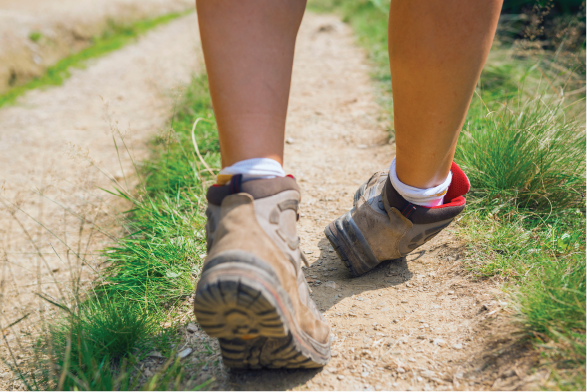
First Aid For Fractures and Dislocations
All fractures should be seen by a medical professional. For closed fractures (ones where the bone does not break the skin), use a splint to immobilize the injury, a sling to support it, and an cold pack to reduce pain and swelling. For open fractures, follow the same steps as closed ones, but do not try and reset the broken bone.
If you dislocated an arm use a triangular bandage to support the injured limb, a cold or hot compress to reduce pain and swelling.
- First Aid for a Broken Bone and Fractures
- First Aid for a Shoulder Dislocation
- How to Use a Triangular Bandage
Fractures and dislocations are serious injuries and need to be taken care of immediately. We have splints for arms, legs, and fingers, in multiple different sizes and styles.
Hypothermia and Frostbite
Bring the affected person into a warm environment, wrap them in layers of warm clothing, and give them warm liquids. Heating pads and warm water bottles can also be used in moderation to prevent skin damage.
For early signs of frostbite, get the affected person into a warm environment, soak the affected area with warm, but not hot water, or a warm, wet rag. If the affected area does not fully regain sensation, consult a doctor. For advanced forms of frostbite, keep the area covered with gauze or a non-adhesive bandage and see a doctor as soon as possible.
The best way to prevent hypothermia and frostbite is to stay warm and keep your skin covered. We provide hand warmers, neck and arm warmers, instant and reusable heat compresses and backboard straps to make staying warm and heating back up easier.
First Aid With CPR
This guide does not grant CPR certification.
If a person suffers cardiac arrest and no one around is CPR certified, lay the person on a flat surface, make sure their airway is clear, and begin compressions. Call 911 immediately, or have someone else call 911. Place your hands on top of each other, interlacing your fingers. Place the heel of your palm at the base of the person’s ribcage and use your bodyweight to press down about 2 inches. Maintain compressions from 100-120 beats per minute, allowing their chest to come back to normal every time. Keep compressing until help arrives.
For medical professionals trained to give CPR with rescue breaths, we have an assortment of scba mask that will prevent the transfer of illnesses or contagious bacteria.
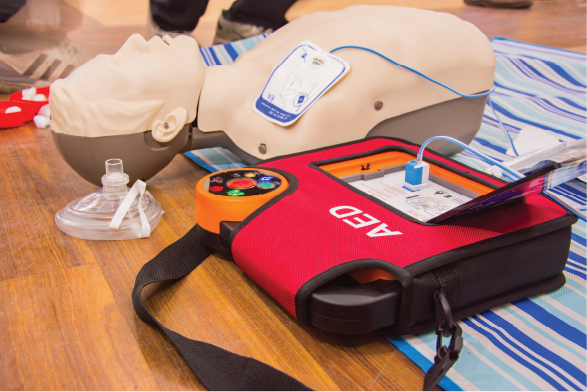
Fainting
When helping someone who has fainted, the cause is the most important factor to consider. When someone faints from heat exhaustion, take them somewhere cool and offer them small sips of water. If you cannot determine the cause, stay with them until they regain consciousness. If they hit their head, or suffered a neck/spine injury while fainting, call 911 and keep them as still as possible.
Heat stress is a major concern for construction workers, landscapers, and other professionals who spend a lot of time out in the sun. We have electrolyte replenishers, emergency water and food bars, and instant cold packs to help beat the heat.
Why Trust Us?
e-FirstAidSupplies has been in the first aid industry since 2001. We build first aid kits and provide supplies for medical professionals, sports teams, outdoors enthusiasts, and ANSI compliant companies. We work to provide the highest quality first aid supplies at affordable prices to everyone.
